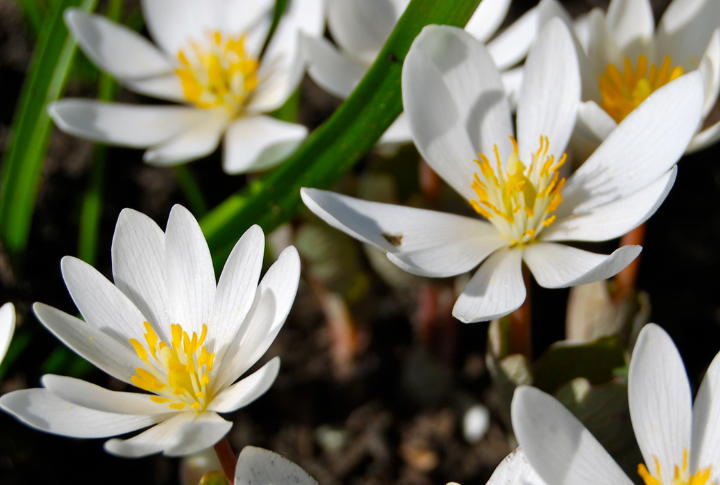
Most gardeners focus on sun-loving flowers, but what about the shady spots beneath your trees? They often end up bare, covered in mulch, or worse—taken over by weeds. Fortunately, certain perennial wildflowers thrive in dappled shade, creating a stunning, low-maintenance garden. Here are ten perfect plants to brighten the space under your trees—no endless watering or babysitting required.
Wild Geranium
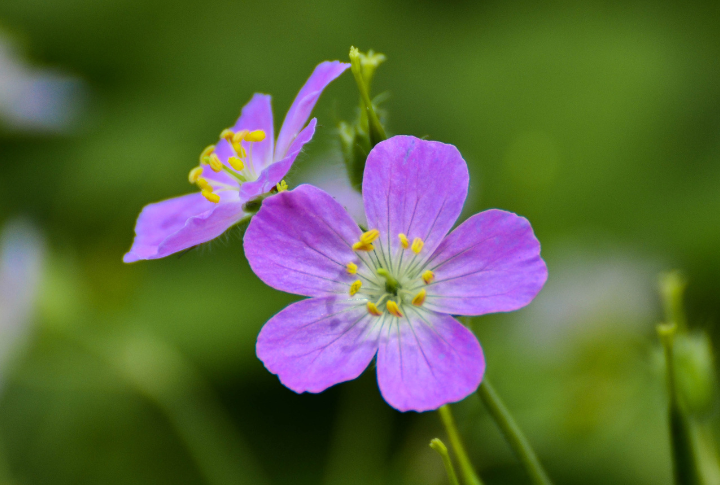
This carefree bloomer produces delicate purple-pink flowers in spring and keeps its lush foliage throughout summer. It also attracts pollinators while keeping weeds at bay. Plant it once, and watch it return year after year without extra effort. A beautiful garden with zero fuss? Yes, please!
Mayapple
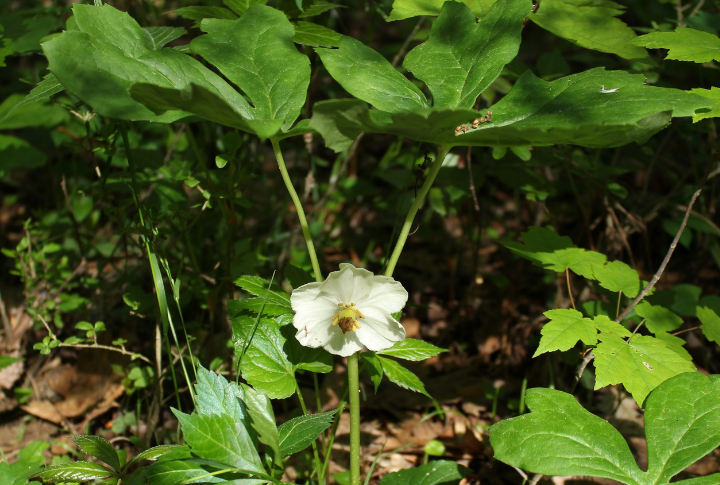
If fairies had umbrellas, they’d look like Mayapple. This lush, shade-loving perennial forms dense green canopies under trees, keeping weeds out. It hides a single white flower beneath its leaves, later producing a small yellow fruit in spring. While the ripe fruit is edible in small amounts, all other parts, including unripe fruit, are toxic. Plant with caution and avoid accidental ingestion.
Columbine
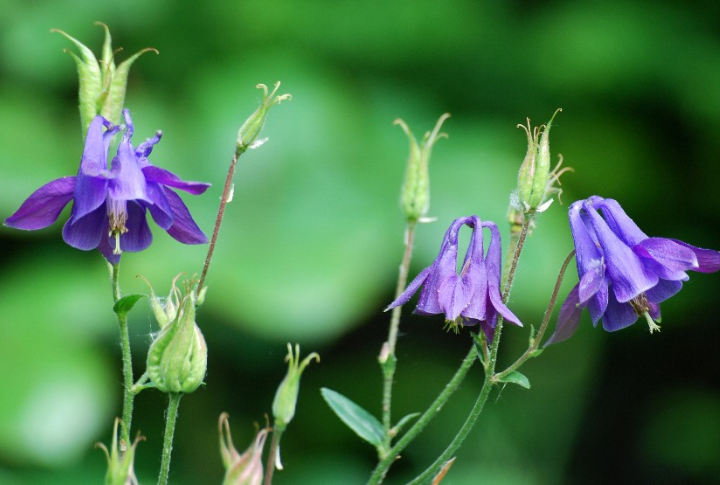
Columbine can grow almost effortlessly. Its red-and-yellow bell-shaped blooms dangle gracefully, drawing hummingbirds like a magnet. Plus, it’s resilient, adapting to both shade and partial sun (although they prefer this over complete darkness). The best part is it self-seeds, so you get new flowers every year without lifting a finger.
Foamflower
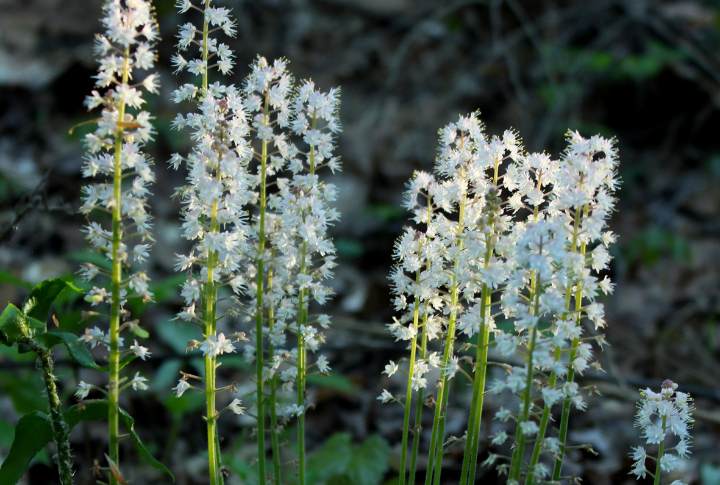
Looking for a lush, low-maintenance ground cover? Foamflower has you covered, literally. Its delicate white flowers rise above a bed of deep green. The heart-shaped leaves remain beautiful year-round. Unlike aggressive ground covers, it spreads gently, filling shady areas without turning invasive.
Woodland Phlox
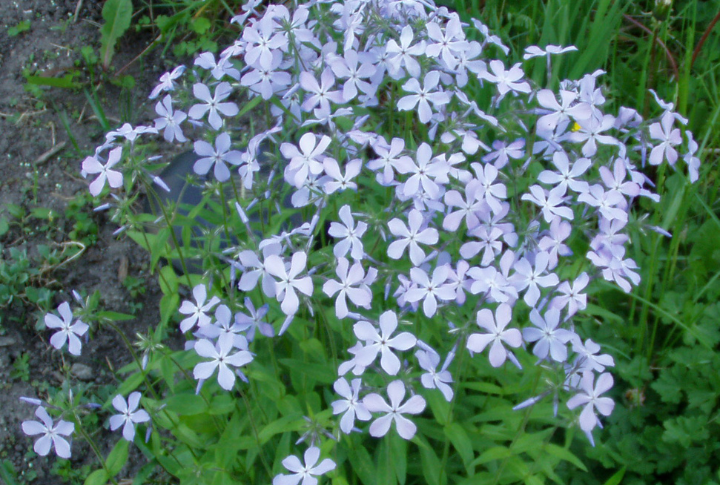
Shade doesn’t have to mean boring. Woodland Phlox brings soft lavender-blue flowers and a sweet fragrance to your garden. Perfect for pollinators, this plant forms dense, spreading clusters that make bare patches under trees a thing of the past. Give it moist soil, and it’ll reward you with flowers every spring.
Bloodroot
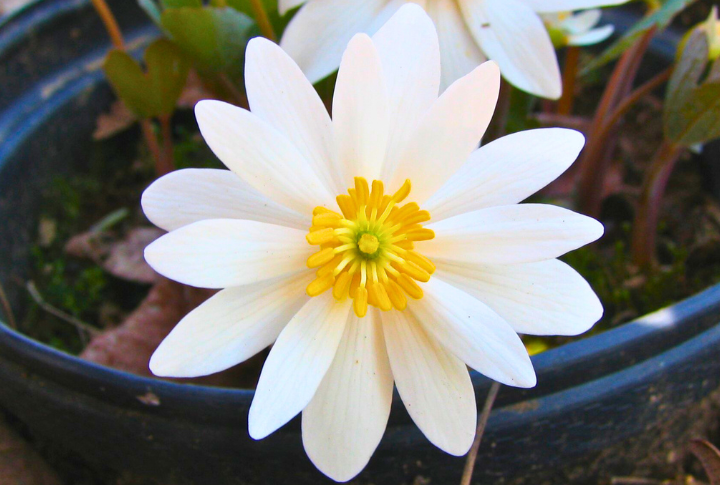
If mystery had a flower, it would be Bloodroot. Its white petals open only when the sun touches them, closing at dusk like a secret. This early bloomer thrives in deep shade, making it a standout in tree-covered gardens. However, its red-orange sap is highly toxic—wear gloves when handling it and keep it away from pets and children.
Virginia Bluebells
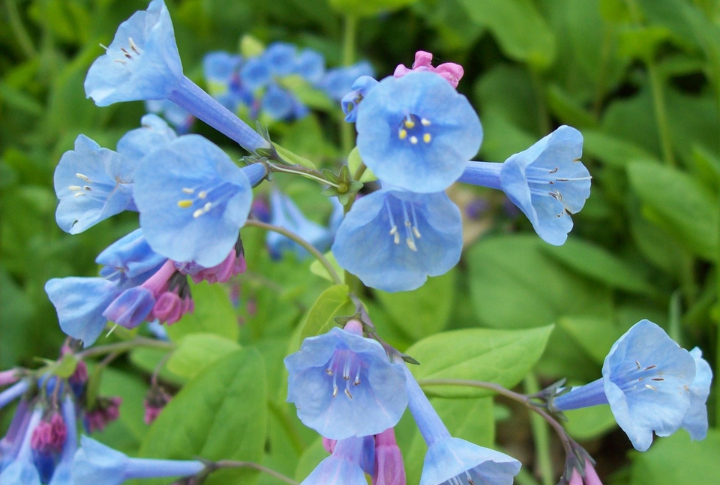
Think of it as a blanket of soft blue flowers blooming under your trees in early spring. That’s what Virginia Bluebells delivers. These stunning perennials start as pink buds and then fade to a dreamy sky blue. They die back in summer, leaving room for late-blooming plants, making them an ideal partner for ferns and hostas.
Trillium
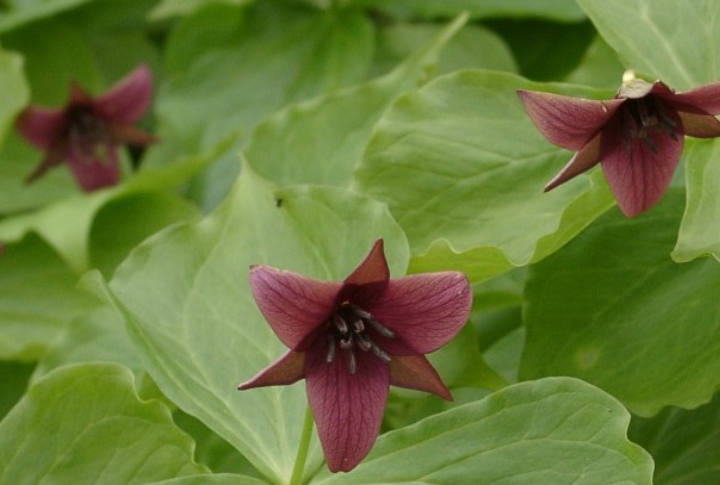
Trillium isn’t just another shade-loving plant; it’s a quiet masterpiece of the forest. It thrives in deep shade with three-petaled white blooms, where most flowers struggle. It takes patience. Trillium grows slowly, but once established, it’s virtually maintenance-free. Think of it as an investment for a timeless, natural garden.
Solomon’s Seal
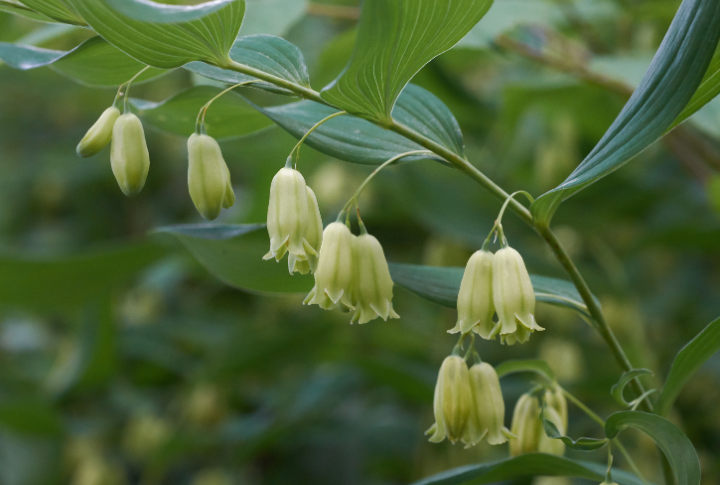
Not all flowers steal the show with bright colors. Some, like Solomon’s Seal, make a statement with graceful, arching stems and delicate white bells. This drought-tolerant perennial can survive in deep shade, even under large trees. Come fall, its foliage turns a rich golden yellow, extending its beauty beyond summer.
Jack-in-the-Pulpit
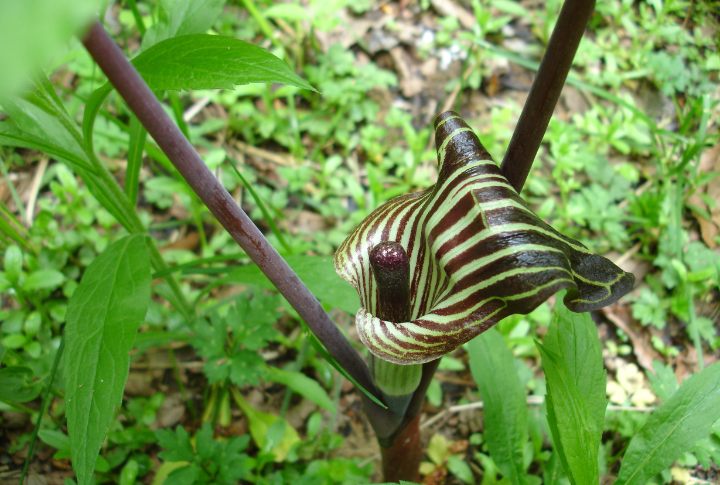
Some plants demand a second look, and Jack-in-the-Pulpit is one of them. With its unique hooded flower and striking red fall berries, it flourishes in moist, shady woodlands. But be careful; every part contains calcium oxalate crystals, which can cause painful skin irritation. Always wear gloves and avoid planting it near curious pets or children.

